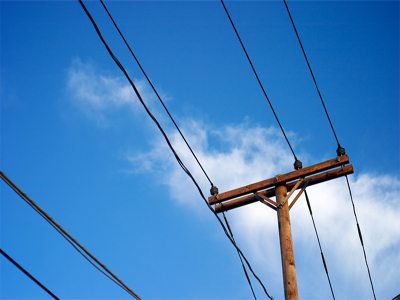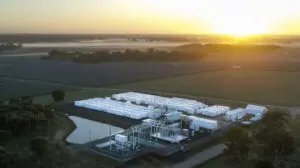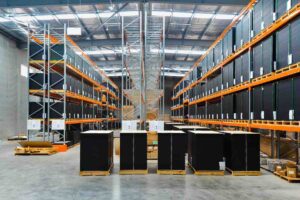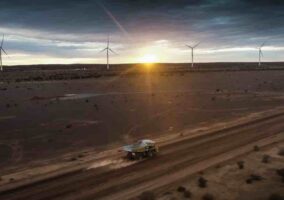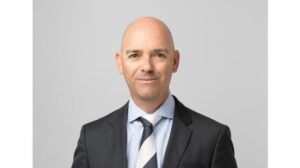A $31.6 million project to demonstrate the largely untapped potential of demand-side energy management by controlling the loads of at least 40 commercial and industrial customers has won grant funding from the Australian Renewable Energy Agency.
The project, led by Shell Energy Australia, will take in shopping centres, supermarkets and a refrigeration distribution centre across Queensland, New South Wales and Victoria to harness an estimated 21.5MW of flexible demand capacity.
The Commercialising Smart Energy Hubs project will involve building whole-of-site solutions to optimise each site’s energy system including heating, ventilation and air conditioning, refrigeration, electric vehicle charging, and onsite solar and storage.
The Arena-backed venture also aims to unlock new revenue streams for large-scale flexible demand by exploring regulatory change with the Wholesale Demand Response Mechanism, the Reliability and Emergency Reserve Trader (RERT) and state-based certificates.
For Shell, which has been working on its commercial and industrial capability via its LoadFlex program since 2019, the goal is to unlock 417MW of flexible demand by the end of 2025 and catalyse 1GW more across the broader National Electricity Market.
The Smart Energy Hub pilot project has kicked off with the GPT Group’s Chirnside Park Shopping Centre, in Melbourne’s north-east, where a 2MWh battery and 650kW solar array will be paired with predictive technology to enable load reductions of up to 70 per cent during peak times.
Apparently, Shell has already demonstrated the technical viability of the Chirnside Park set-up, but still needs to overcome some commercial and regulatory barriers to scaling up the solution.
Unlocking flexible demand
Demand flexibility is one of a number of modern grid solutions that offers great promise in reducing demand during busy periods, putting downward pressure on energy costs, lowering peak demand, and making better use of variable renewable energy.
Like energy efficiency, it’s been around as a concept for years as a likely smarter and cheaper alternative than simply repeating the conventional approach of building more generators and yet bigger grids to meet periods of peak demand.
After facing down opposition from incumbent utilities, which make a lot of money from cashing in at periods of high prices, a mechanism that allowed the technology to play a role in the National Electricity Market was approved last year.
Then, in the late afternoon on January 31 this year, amidst a heatwave and soaring demand and a surge in electricity prices, wholesale demand response was deployed in the market for the first time, as RenewEconomy reported here, by Enel X.
According to the Australian Energy Market Operator, there was some 58MW of wholesale demand response (WDR) capacity in the main grid by the end of the March quarter, all of it in NSW, Victoria and South Australia. Another 20MW of capacity from a data centre in Tasmania will also play in the frequency market.
A key pillar in the shift to renewables
Arena CEO Darren Miller says supporting flexible demand projects is a key pillar of the federal government agency’s strategy to optimise the transition to renewable electricity.
“For commercial and industrial sites, flexible demand is a potential alternative to costly upgrades to network infrastructure or building large-scale batteries. To achieve the full potential of flexible demand, we will require new innovation, technologies and market processes.”
“Shell Energy’s initiative represents ARENA’s first C&I project to demonstrate a whole of site optimisation of energy demand management for delivery of market, ancillary and customer benefits through the control of energy load.”
“We look forward to working with Shell Energy in showing how we can unlock the potential and accelerate flexible demand at C&I sites and businesses.”

